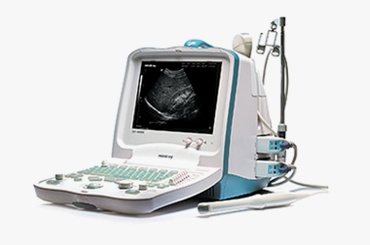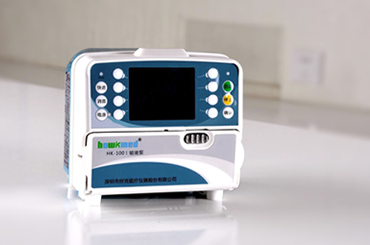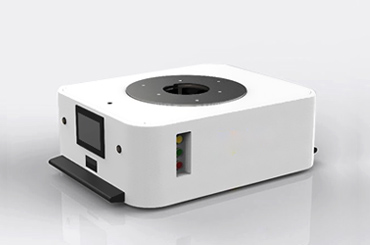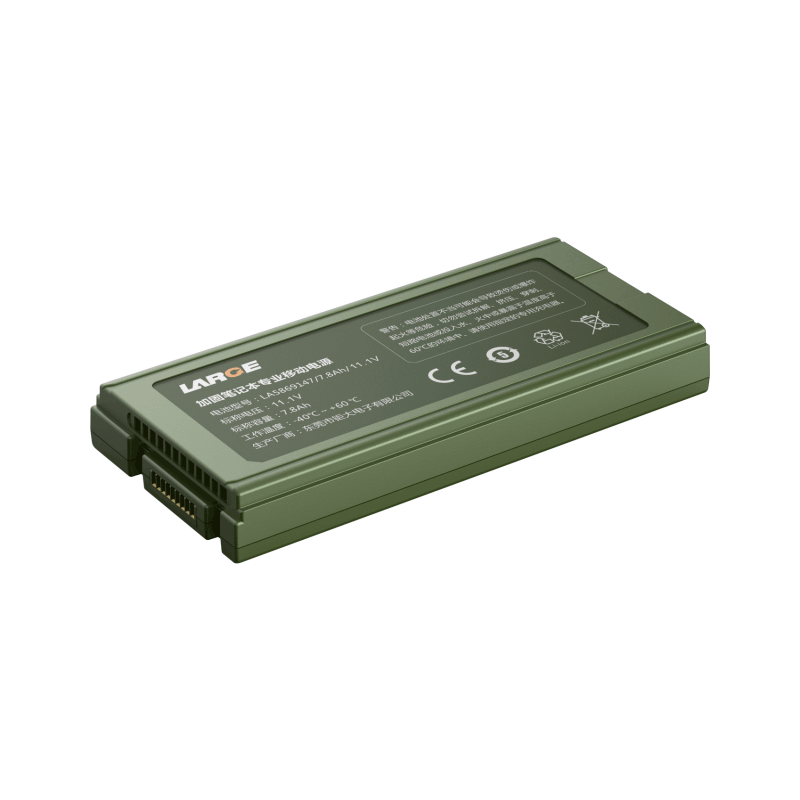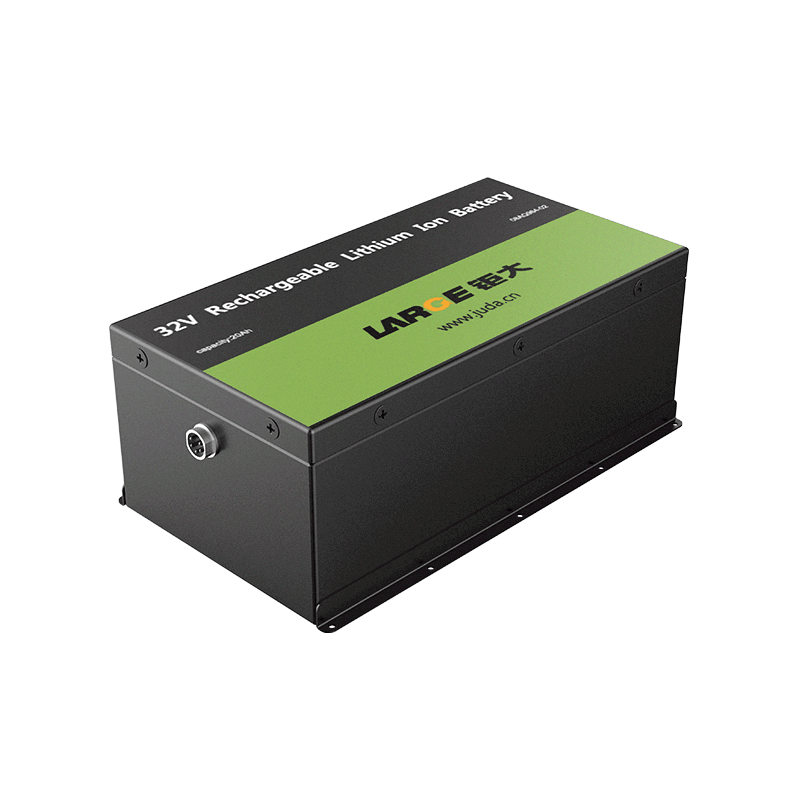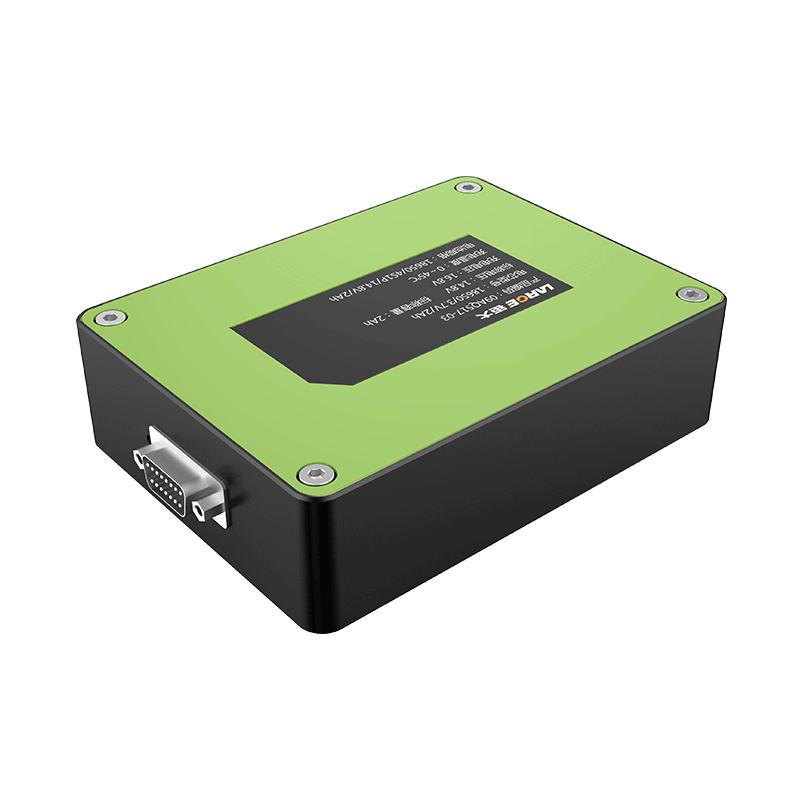-
Key Takeaways
-
Part 1: Understanding Industrial and Regular Batterie Differences+
- 1.1 Key Features of Lithium Batteries for Industrial Use
- 1.2 Common Maintenance Challenges in Industrial Applications
-
Part 2: Key Maintenance Practices for Industrial Lithium Batteries+
- 2.1 Storage Guidelines for Long-Term Battery Health
- 2.2 Best Charging Practices to Maximize Lifespan
- 2.3 Usage Tips for Industrial Environments
-
Part 3: Factors Impacting Battery Longevity+
- 3.1 Environmental Conditions and Their Effects
- 3.2 Depth of Discharge and Its Role in Battery Life
- 3.3 Charging Cycles and Their Impact on Performance
-
FAQ+
- 1. How can I extend the lifespan of industrial lithium batteries?
- 2. What is the optimal temperature range for LiFePO4 Lithium batteries?
- 3. Why is Depth of Discharge (DoD) important for battery longevity?
How to Maintain Lithium Batteries for Industrial Applications
APR 23, 2025 Pageview:565
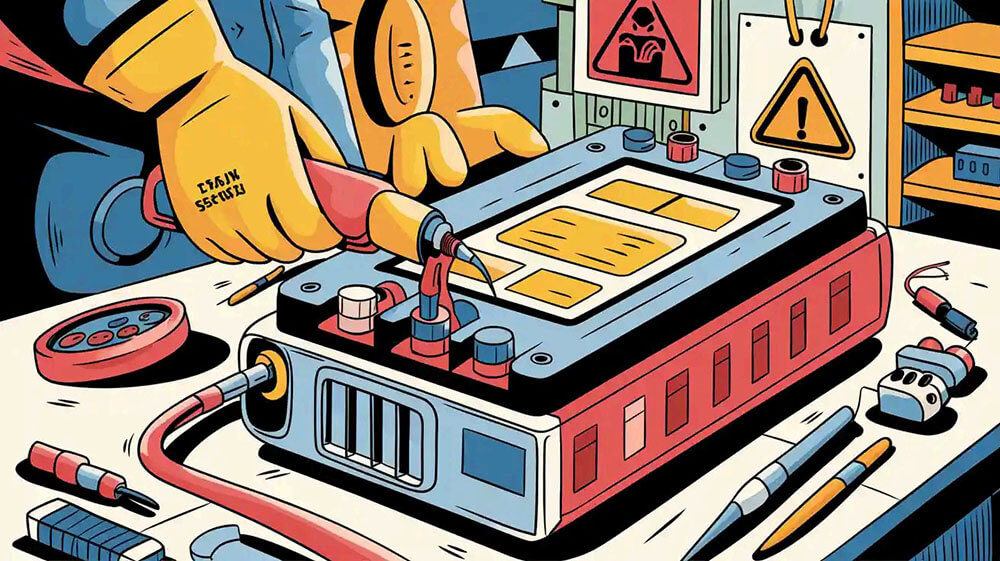
Lithium batteries power critical industrial applications, from robotics to medical devices. Proper maintenance ensures extended lifespan, improved safety, and reduced operational costs. Neglecting care leads to performance degradation and safety risks. Advanced battery management systems now enhance energy efficiency, reducing downtime and boosting productivity. Industrial and Regular Batterie designs differ significantly, demanding tailored upkeep strategies.
Key Takeaways
Keep lithium batteries charged between 20% and 80% to last longer and stay in good shape.
Don’t let batteries drain too much; keep usage below 80% to work well and last longer.
Use monitoring tools to check battery health and plan care, so they work well in tough conditions.
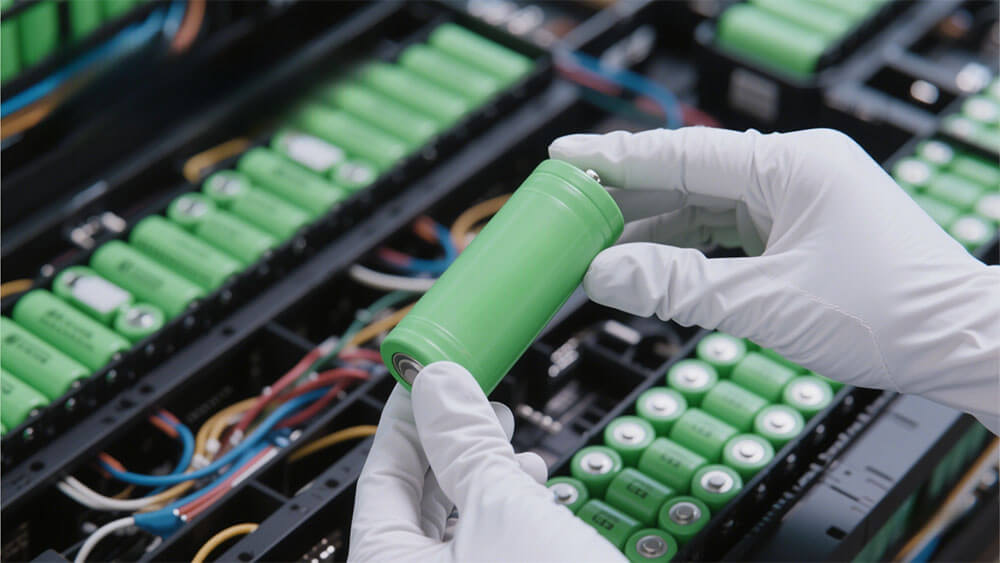
Part 1: Understanding Industrial and Regular Batterie Differences
1.1 Key Features of Lithium Batteries for Industrial Use
Industrial lithium batteries are designed to meet the rigorous demands of sectors like robotics, medical devices, and energy storage systems. These batteries differ significantly from regular batteries in several aspects:
Energy Density: Industrial lithium batteries, such as NMC and LiFePO4 Lithium batteries, offer higher energy densities (160–270 Wh/kg and 100–180 Wh/kg, respectively). This ensures longer runtimes and faster charging, which are critical for uninterrupted operations.
Lifespan: With a cycle life of 2,000 to 5,000 cycles, industrial lithium batteries outlast traditional lead-acid batteries, which typically last only 500 to 1,000 cycles.
Safety Features: Advanced safety mechanisms, including Battery Management Systems (BMS) and thermal stability, minimize risks like overheating and chemical leaks.
Eco-Friendliness: Unlike regular batteries, industrial lithium batteries lack toxic heavy metals, reducing their environmental impact.
These features make industrial lithium batteries a reliable choice for applications requiring high performance and durability.
1.2 Common Maintenance Challenges in Industrial Applications
Maintaining industrial lithium batteries presents unique challenges due to their advanced design and application environments. Key issues include:
Environmental Stress: Extreme temperatures and humidity can degrade battery performance. For instance, LiFePO4 Lithium batteries perform optimally within specific temperature ranges.
Quality Control: Larger cell formats used in industrial applications face new failure mechanisms, complicating quality assurance processes.
Usage Patterns: High-demand applications, such as robotics and medical devices, often require frequent charging cycles, which can accelerate wear if not managed properly.
To address these challenges, you must implement robust maintenance protocols tailored to the specific requirements of industrial batteries. This ensures consistent performance and extends battery life, even in demanding conditions.
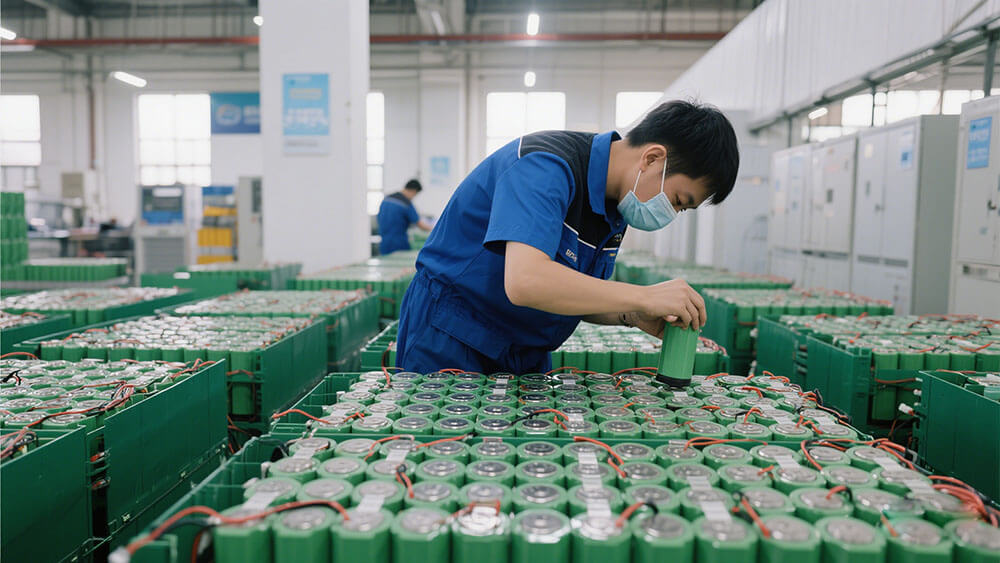
Part 2: Key Maintenance Practices for Industrial Lithium Batteries
2.1 Storage Guidelines for Long-Term Battery Health
Proper storage plays a pivotal role in maintaining the health and longevity of industrial lithium batteries. To ensure optimal performance, you must adhere to specific storage conditions tailored to the battery chemistry. For instance, LiFePO4 Lithium batteries, known for their stability, require storage in environments with controlled temperature and humidity levels.
Temperature Control: Store batteries in a cool, dry place. High temperatures accelerate chemical reactions, leading to capacity loss. A study comparing battery health across different temperatures revealed that lithium-ion batteries retained 96% of their capacity at 25°C but dropped to 75% at 60°C.
Charge Level Maintenance: Maintain a charge level between 20% and 80% during long-term storage. This range minimizes stress on the battery's electrodes, reducing the risk of degradation.
Humidity Management: Excessive humidity can corrode battery terminals and compromise safety. Use desiccants or climate-controlled storage units to mitigate this risk.
By following the guidelines from Large Power, you can significantly enhance the lifespan of your batteries, ensuring they remain reliable for industrial applications.
2.2 Best Charging Practices to Maximize Lifespan
Charging practices directly impact the performance and durability of industrial lithium batteries. Implementing best practices ensures that your batteries deliver consistent power output and achieve their maximum cycle life.
Avoid Overcharging: Overcharging increases internal pressure and temperature, which can damage the battery's structure. Use chargers with built-in overcharge protection to prevent this issue.
Adopt Controlled Charging Rates: Fast charging may seem convenient but can lead to thermal stress and capacity loss. For NMC Lithium batteries, a moderate charging rate ensures a balance between efficiency and longevity.
Monitor State of Health (SOH): Leverage data analytics and machine learning tools to assess battery health during charging. A hybrid machine learning framework, combining data-driven models with physics-based insights, enhances SOH evaluations. This approach helps predict battery lifespan and identify degradation trends, enabling proactive maintenance.
These practices not only extend battery life but also reduce operational costs by minimizing the need for frequent replacements.
2.3 Usage Tips for Industrial Environments
Industrial environments often subject batteries to extreme conditions, making proper usage essential for maintaining performance. Here are some practical tips:
Match Battery Type to Application: Choose batteries designed for specific industrial needs. For example, LiFePO4 Lithium batteries excel in high-demand applications due to their long cycle life (2,000–5,000 cycles) and thermal stability.
Implement Condition-Based Monitoring: Use advanced battery management systems (BMS) to track parameters like temperature, voltage, and current. This data-driven approach enables timely interventions, reducing the risk of unexpected failures.
Minimize Depth of Discharge (DoD): Frequent deep discharges shorten battery lifespan. Aim to keep the DoD below 80% for optimal performance.
Protect Against Physical Damage: Industrial settings often involve heavy machinery and rough handling. Use protective casings to shield batteries from impacts and vibrations.
By integrating these tips into your operations, you can ensure that your batteries perform reliably, even in challenging industrial environments.
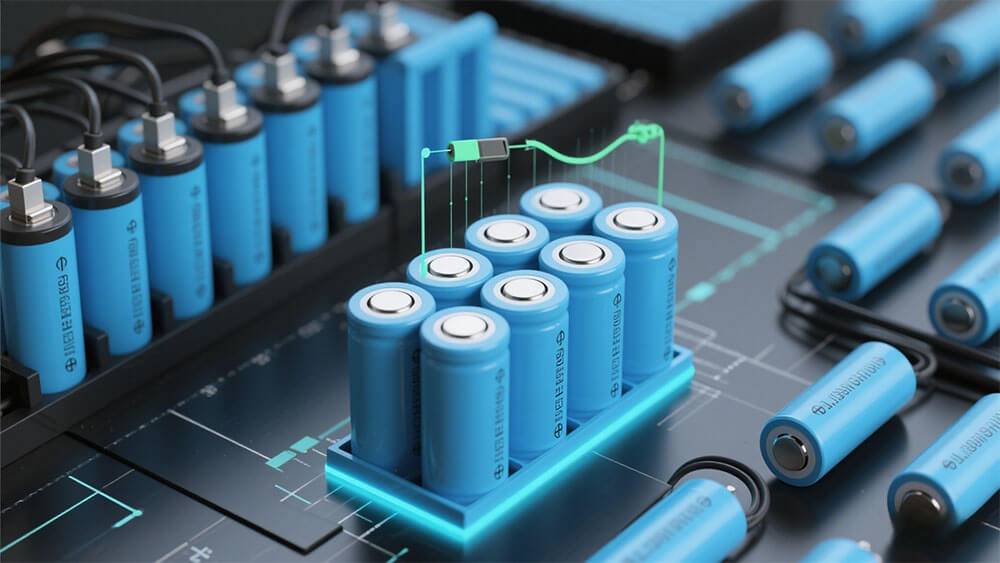
Part 3: Factors Impacting Battery Longevity
3.1 Environmental Conditions and Their Effects
Environmental conditions significantly influence the longevity of lithium batteries used in industrial applications. Extreme temperatures, humidity, and exposure to harsh environments can degrade battery performance over time. For instance, LiFePO4 Lithium batteries operate optimally within a temperature range of -20°C to 60°C. Exceeding these limits accelerates chemical reactions inside the battery, leading to capacity loss and reduced cycle life.
High temperatures increase internal resistance, which directly impacts the battery's ability to deliver consistent power. Research highlights that internal resistance, a measurable factor, is influenced by the materials used and electrochemical properties. Monitoring resistance levels during manufacturing and usage can provide insights into battery health and predict longevity. Additionally, low temperatures can slow down ion movement, reducing efficiency and causing voltage drops.
To mitigate these effects, you should store and operate batteries in controlled environments. Using thermal management systems and protective casings can shield batteries from temperature fluctuations and physical damage. For industrial applications like robotics or medical devices, these measures ensure reliable performance and extended lifespan.
3.2 Depth of Discharge and Its Role in Battery Life
Depth of Discharge (DoD) refers to the percentage of a battery's capacity that is used during a single cycle. It plays a critical role in determining the lifespan of lithium batteries. Frequent deep discharges, where the battery is drained close to its full capacity, can accelerate wear and reduce the number of usable cycles. For example, LiFePO4 Lithium batteries, with a cycle life of 2,000 to 5,000 cycles, perform best when the DoD remains below 80%.
The nonlinear decay characteristics of lithium batteries make it challenging to predict their cycle life accurately. However, studies emphasize that optimizing battery structure and chemistry can enhance longevity. By understanding these factors, you can implement better predictive models and maintenance strategies. For industrial applications, maintaining a moderate DoD ensures consistent performance and minimizes the risk of unexpected failures.
To maximize battery life, you should adopt usage patterns that avoid frequent deep discharges. Implementing condition-based monitoring systems can help track DoD and provide real-time insights into battery health. This proactive approach reduces operational costs and enhances efficiency in demanding environments.
3.3 Charging Cycles and Their Impact on Performance
Charging cycles, defined as the process of fully charging and discharging a battery, directly impact its performance and longevity. Each cycle contributes to the gradual degradation of the battery's electrodes, reducing its capacity over time. For industrial lithium batteries like NMC and LCO, the number of cycles varies based on the chemistry and usage conditions. NMC Lithium batteries, for instance, offer a cycle life of 1,000 to 2,000 cycles, while LCO Lithium batteries range from 500 to 1,000 cycles.
Fast charging, though convenient, can cause thermal stress and accelerate capacity loss. Controlled charging rates, tailored to the battery's chemistry, are essential for balancing efficiency and durability. Recent advancements in battery management systems (BMS) enable precise monitoring of charging parameters, ensuring optimal performance. These systems also leverage data analytics to assess the state of health (SOH) and predict degradation trends.
To extend battery life, you should use chargers with built-in overcharge protection and avoid exposing batteries to high temperatures during charging. Monitoring charging cycles and adopting best practices can significantly enhance the reliability of lithium batteries in industrial applications.
Proper storage, charging, and usage practices are essential for maintaining industrial lithium batteries. These measures enhance safety, reduce costs, and extend battery life. Consistent maintenance ensures reliable performance in demanding applications like robotics and medical devices. Adopting these strategies empowers businesses to optimize operations and maximize the value of their battery investments.
Tip: Explore tailored solutions for industrial battery maintenance with Large Power.
FAQ
1. How can I extend the lifespan of industrial lithium batteries?
Store batteries at 20–80% charge, avoid deep discharges, and use chargers with overcharge protection. Implement condition-based monitoring systems for real-time health tracking.
2. What is the optimal temperature range for LiFePO4 Lithium batteries?
LiFePO4 Lithium batteries operate best between -20°C and 60°C. Extreme temperatures outside this range can degrade performance and reduce cycle life. Learn more at Large Power.
3. Why is Depth of Discharge (DoD) important for battery longevity?
Frequent deep discharges accelerate wear and reduce cycle life. Maintaining a DoD below 80% ensures consistent performance and extends battery lifespan.
- Prev Article: Lithium Battery Scrapping Criterion You Must Know
- Next Article: Can You Bring a Dead Lithium-Ion Battery Back to Life? Here's How
Leave Message
Hottest Categories
-
Hottest Industry News
-
Latest Industry News




